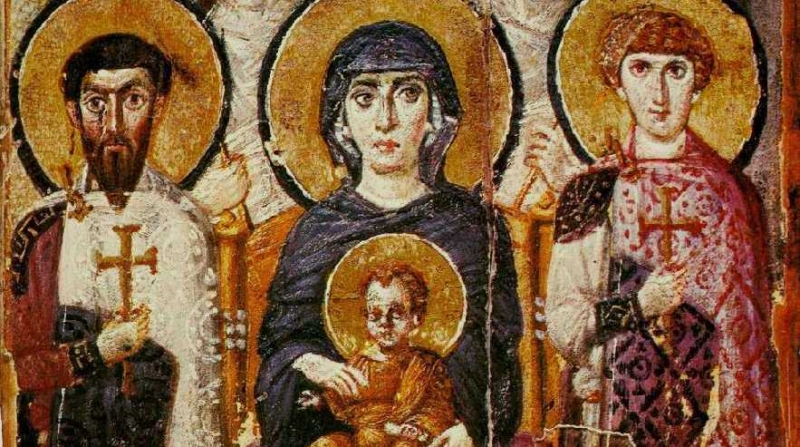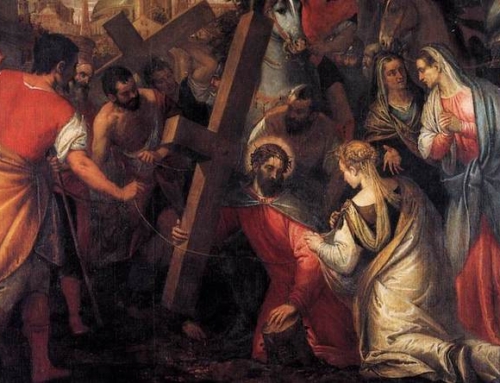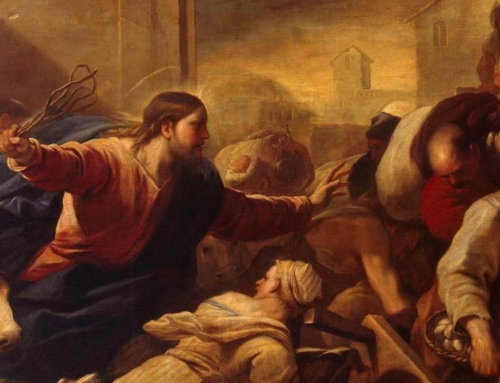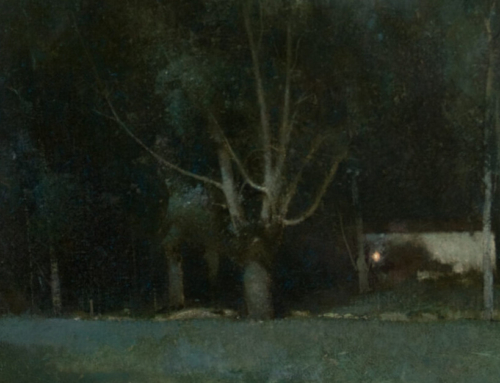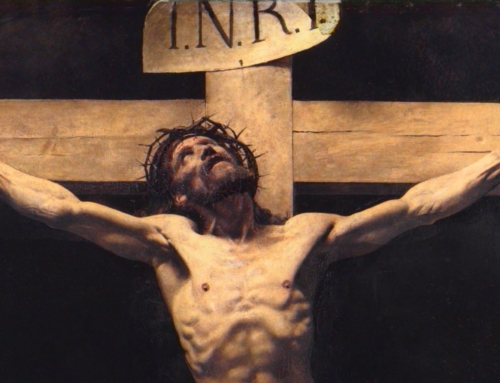Aquinas and the Fathers: The Ecumenical Councils
This post is part of a series on Saint Thomas Aquinas’s reception of the wisdom of the ancient Church. To learn more about the inspiration behind the series, you can read its introduction here. To read more posts in the series, click here.
Saint Thomas Aquinas was a man of the Church. When he searched through the writings of the Church Fathers, it was not to bolster his own theories or to advance his own ideas. He wanted instead to know what the Church believed and to teach it to the next generation. Because of this, he paid special attention to the councils of the Church, where the heart of Christian reflection is brought to fruition. As we begin our examination of the luminaries that guided this man of the Church, then, we turn to these councils and their teaching.
The first seven ecumenical councils were held in the Eastern, Greek-speaking part of the Roman Empire from the fourth to the eighth centuries. These councils—Nicaea, Constantinople, Ephesus, Chalcedon, Constantinople II and III, and Nicaea II—were especially concerned with teaching about Christ: He is one person who is fully God and fully man. His divinity and humanity remain distinct, but his personhood one. Unfortunately, because of a difference in culture and language, these councils were somewhat remote from the goings on in the West. After the fall of the Western Roman Empire, Latin theologians worked to conserve the teaching elaborated at the councils, but without direct access to the texts of the councils.
By the time St. Thomas came around, confusion had arisen regarding the personhood of Christ. The majority of theologians correctly taught that the Son of God assumed human nature, and was thus one person with two natures. There was never any merely human Jesus who was later assumed by God. Some theologians, however, “conceded the one person of Christ, but posited two hypostases or two supposits, saying that a certain man, composed of body and soul, from the beginning of his conception was assumed by the word of God” (ST III, q. 2, a. 6). This was called the Homo Assumptus theory. Although it was not popular, theologians who did not hold it generally thought it to be an acceptable Catholic position.
But Thomas did his homework. In the 1260s, while teaching at Orvieto near the Papal Court, he had the opportunity to study the texts of the early ecumenical councils. In these texts, he read about the error of Nestorius, who taught that Christ subsisted separately as human and divine. The Council of Ephesus in 431 condemned him, teaching that “If anyone does not confess that by God the Father the Word was united to the flesh according to subsistence, and that Christ is one with his flesh, namely the same God and man, let him be anathema.” The Second Council of Constantinople in 553 clarified that, “If anyone tries to introduce into the mystery of Christ two subsistences or two persons, let such be anathema” (cited in ST III, q. 2, a. 3). Nestorius’s teaching was excluded because it failed to safeguard the unity of Christ’s person.
Several years later, when Thomas took up the Homo Assumptus theory in the Summa Theologiae, he had these texts ready in mind. With the help of Boethius, a sixth-century Western Christian thinker, Thomas clarified that there can be no meaningful difference between the subsistence, hypostasis, supposit, and person. Thus, to say that there are two of any of these in Christ falls into the error of Nestorius condemned at Ephesus. Thomas was then able, unlike his contemporaries, to condemn the Homo Assumptus theory as heretical, because “it is the same to posit two hypostases or two supposits in Christ, as to posit two persons” (ST III, q. 2, a. 6). This theory was not just a bad theory. It was a condemned theory that no Catholic could hold.
Nestorianism has consequences. It would mean that Mary was the mother of Christ’s humanity, but not the Mother of God, and that the person who died on the cross was not the Son of God, but merely a man conjoined to him. The heresy is dangerous, and that is why the early councils condemned it. The heresy could have seen a resurgence in the West if it were not for Thomas’s careful integration of sources both Eastern and Western. We who inherit Thomas’ teaching do well to attend both to his masterful synthesis and to his attention to the sources at the heart of the Church.
✠
Image: Virgin and Child with Angels and Sts. George and Theodore. Photo by Saint Catherine’s Monastery

